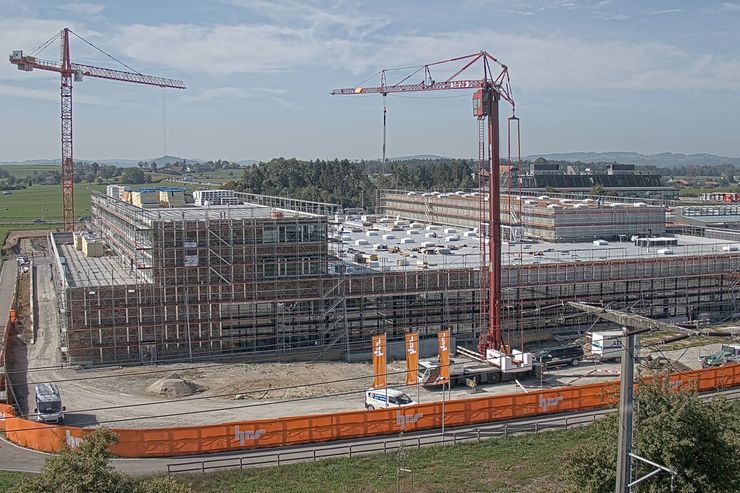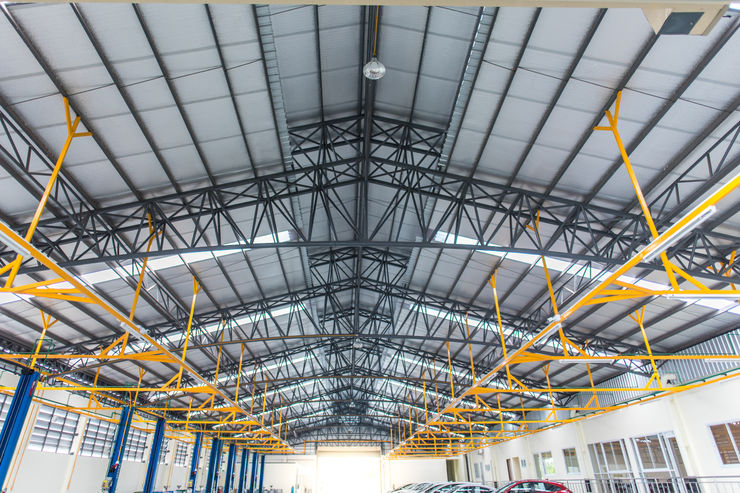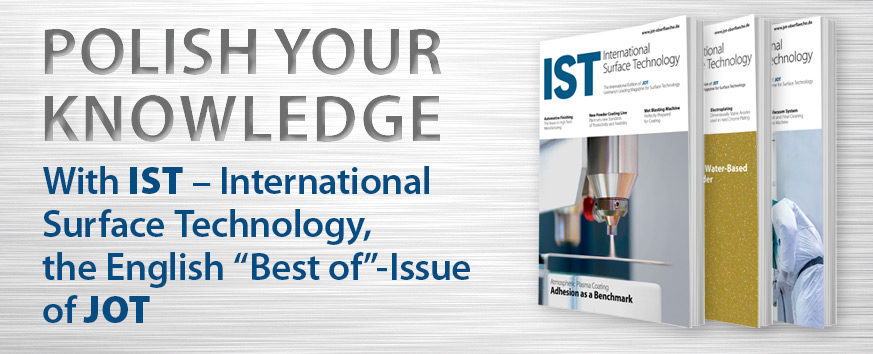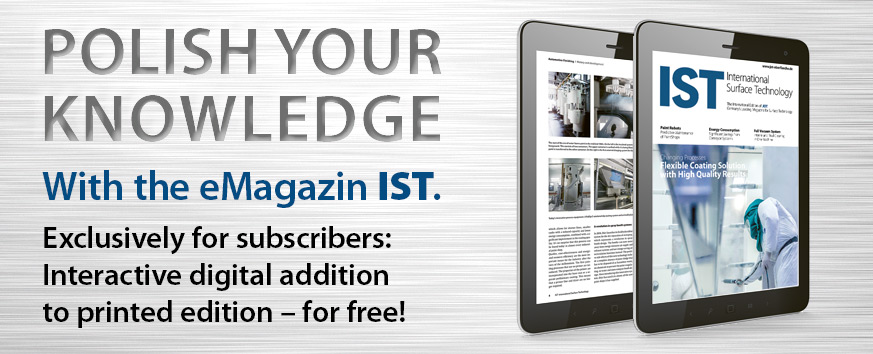Light, temperature, mechanical stress, environmental influences and chemical and biological media can lead to a changed network structure of the coating layer and, as a consequence, cause powder coatings to age. The effects of ageing become visible when the surface changes due to chalking, less gloss, faded colours or deposits, and the paint layer shows breaks, cracks or bubbles, or even the entire paint layer is detached from the substrate due to delamination. For long-term use in regions with high UV exposure, therefore, particularly resistant powder coating systems should be used that retain their coating properties even under extreme climatic conditions. On the basis of FEVE (fluoroethylene vinyl ether) resins, Brillux Industrielack has developed a highly weather-resistant powder coating with a fine structure that is suitable for outdoor use under extreme climatic conditions due to its high weather and UV resistance. While even highly weather-resistant polyester powder coatings show certain gloss changes and colour shifts after prolonged UV exposure, coatings with the permaflon powder coating exhibit very good weathering behaviour and can withstand 3000 hours of QUV-B exposure due to the very stable carbon-fluorine bond. The only thing to be noted is that the choice of colour shade is limited by a limited number of weather-resistant pigments.
Protection against corrosion and mechanical stress
The resistance to acids, alkalis and solvents is also much better with Permaflon powder coating compared to a highly weather-resistant polyester powder coating. A further advantage is the good corrosion protection properties: In the salt spray and condensation water test, perfect results are achieved with Permaflon powder coating on zinc-phosphated steel after 1440 hours. On chromium-free pre-treated aluminium, the surfaces are convincing in the salt spray test even after 2016 hours.
The complete article was published in German in the May/June issue of JOT.
Autor(en): Brillux GmbH & Co. KG Industrielack






